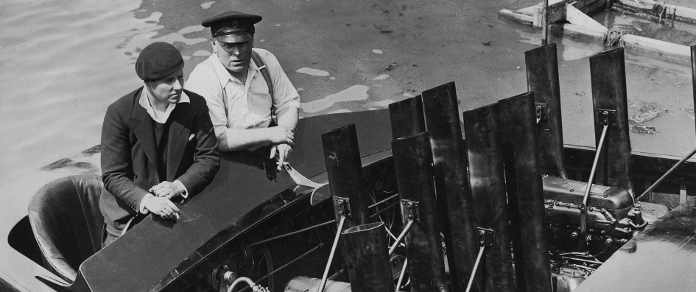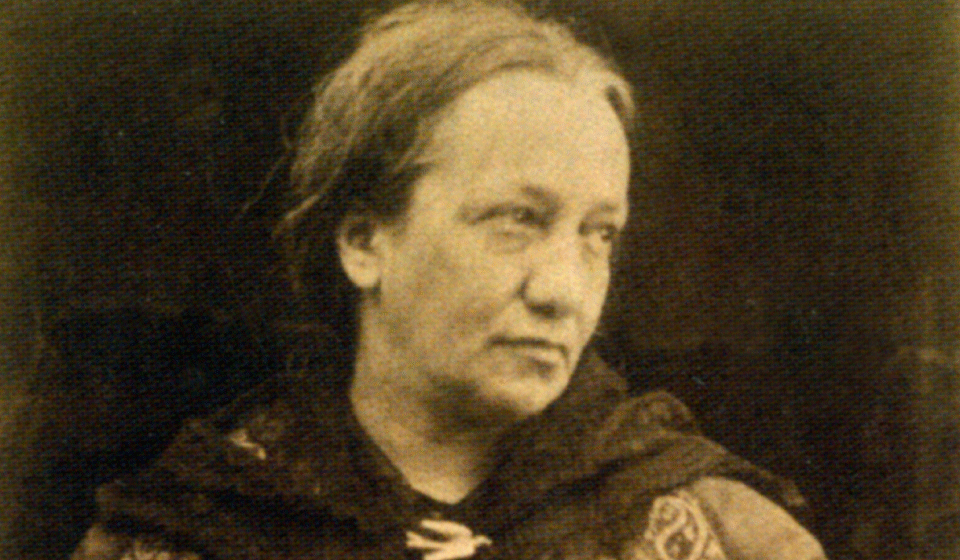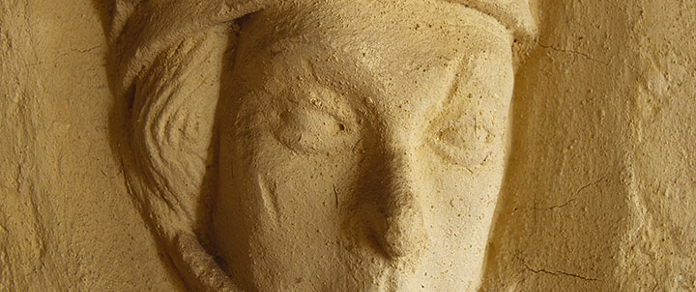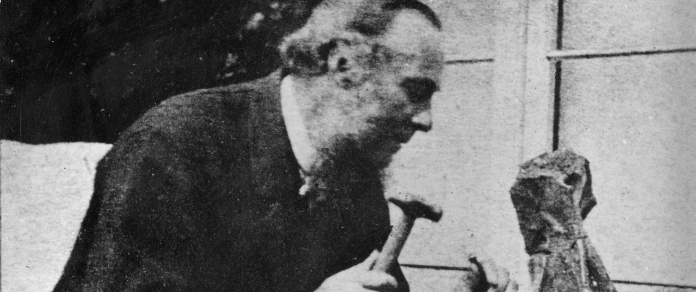Once dubbed ‘the fastest woman on the water’, Marion ‘Joe’ Carstairs was an openly gay, female powerboat racer who lived on the Isle of Wight in the 1920s.
Her love of the water (and of speed) led Joe Carstairs to the Isle of Wight when she commissioned powerboats from the celebrated boatbuilder, Sammy Saunders (find out more about Saunders at the Classic Boat Museum).
The millionaire heiress led an unconventional and eccentric life, but she had an enormous passion and drive to succeed at any challenge she set herself, inspiring and touching the lives of others as she went.
The need for speed
Powerboat racing in the 1920s was not for the faint-hearted. It was a hugely dangerous sport and one that many did not expect to see a woman taking part in.
However, speed was a massive motivation for Joe – she wanted to be fastest and the best, so invested considerable amounts of money (thanks to her inheritance) into building several powerboats which she raced here in the UK, as well as in North America.
The two Joes
Her right-hand-man was a Isle of Wight marine mechanic named Joe Harris. It was said they were devoted to each other – working together for five years – with the mechanic sitting alongside Joe in every race, ready to be flung from the boat when it hit a crashing wave.
So fond of Joe Harris was she, that Joe provided him with an income for his entire life and, when in old age he lost both legs, she travelled to be at his bedside, continuing to support his family when he passed away.
Gwen flips to Newg
The first powerboat – or hydroplane as they were then known as – built for Joe on the Island was designed by a brilliant young designer called Fred Cooper (he later went on to design for H Attrill & Sons).
Built at the Saunders Yard in East Cowes (the same building the Boat Museum is now situated within), Gwen – named after Joe’s Variety star lover, Gwen Farrar – was painted gloss black with a sleek white stripe running along her length.
This was a revolutionary time for boatbuilding and the wood used for Gwen was so thin and pliant that it bulged in the water when it hit every wave. When the boat capsized during early sea trials, Joe renamed her Newg.
Working girl
Although Joe inherited a fortune from her family (her grandfather owned Standard Oil – now Esso), she worked hard for a living prior to powerboat racing.
She’d served in the First World War with the American Red Cross driving ambulances in France and did the same later in Dublin with the Women’s Legion.
In 1920 she set up a car-hire and chauffeuring service with other female service drivers and named the company ‘X Garage’. It was strictly a women-only affair with female drivers and mechanics, who would drive clients all around Europe.
Ooh Betty
Although born Marion Barbara, and using the nickname “Joe” (thought to possibly be a reference to her father, Albert Joseph Carstairs), during her time as a powerboat racer, Joe was often referred to as ‘Betty’.
This was something she apparently hated and accused the press of doing “just to spite her”. Although she received a great deal of attention when she first started powerboat racing, the press did seem to turn against her after a while.
Perhaps her eccentric lifestyle was hard for some to understand. She lived a wild and crazy life, with lovers such as Marlene Dietrich and Greta Garbo.
‘Boss’ of the Bahamas
After packing up powerboat racing and leaving the Isle of Wight, Joe went on to buy an Island called Whale Cay (pronounced Quay) in the Bahamas (then known as the British West Indies).
She set about creating an empire, bringing the island back from the brink of ruin, building houses, roads and regenerating the economy through food production and more. It was there that she was known as ‘The Boss’.
Joe bought many other West Indian islands over the years, but sold Whale Cay in 1975 and moved to Florida where she lived until aged 93.
Down Memory Lane
Do you have relatives that worked with Joe Carstairs on the Isle of Wight?
Did they pass down stories to you about Joe’s time on the Isle of Wight, either from when she commissioned boats from Sammy Saunders, or when she set up her own boatbuilding yard, the Sylvia Yard on the Medina in East Cowes.
Other Islanders who worked with Joe include her chief engineer, Joe Harris; foreman, Arthur ‘Gubby’ Gubbins; boat painter, Jimmy Dexter and Bert Hawker, who designed the boats.
Image: © Classic Boat Centre Trust






